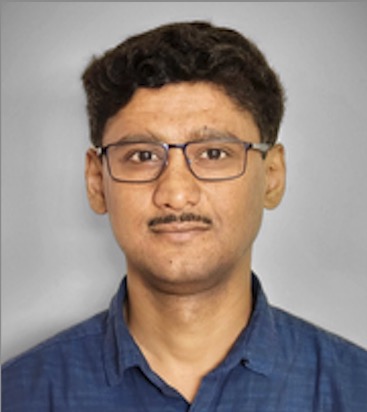
Deciphering host macrophage response against phenotypically drug-tolerant cryptic Mycobacterium tuberculosis (Mtb) sub-populations
My proposal aims to study the response of human macrophages induced by Mycobacterium tuberculosis (Mtb) sub-populations which are physiologically relevant, as demonstrated by their presence in TB patients and in-vitro models that mimic stages of transmission both inside and outside the host. These two different kinds of persister populations are: (1) Differentially detectable (DD) Mtb and (2) Mtb present inside cavities:
1. Differentially detectable (DD) Mtb: In my recent work, we have studied the presence of a Mtb subpopulation that remains unculturable under standard growth media as colony forming units (CFU). However, under limiting dilution in liquid nutrient-rich media, this population becomes detectable, thus named "differentially detectable" (DD) Mtb.
2. Mtb present in caseum/cavities: We have recently developed a model to simulate conditions that Mtb experiences while residing in cavities in hypoxic, necrotic lesions. We incubate Mtb in a medium that mimics the composition of the caseum present inside the cavities as it might be fluidized by admixture with bronchial secretions and supports the generation of aerosols. Therefore, this fluid is named "Model Aerosol Fluid" (MAF).
Heterogeneity in mycobacterial culture has been shown to induce a distinct host immune response towards non-replicating state bacteria as compared to replicating ones. However, our recent studies report that non-replicating Mtb itself is quite heterogeneous by exhibiting a subpopulation that remains undetectable as CFU. Therefore, the strength of my proposed work is that it will delineate the host response to this subpopulation which may be responsible for TB reactivation or relapse. Further, my proposal also explores how Mtb present in cavities, which are sites of TB reactivation, can disseminate to other sites, and start new niduses of infection. To address this question, we will investigate how the macrophage response to these sub-populations differs from that of both replicating and other previously reported non-replicating Mtb.
